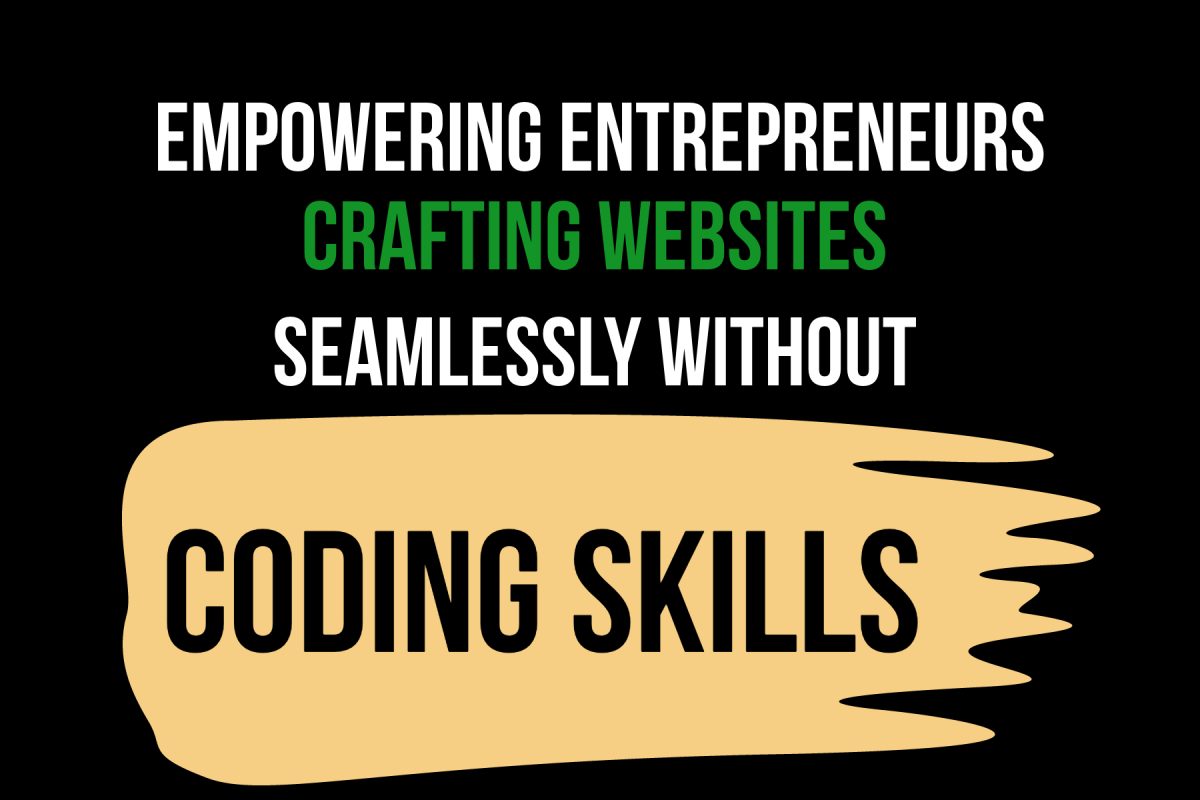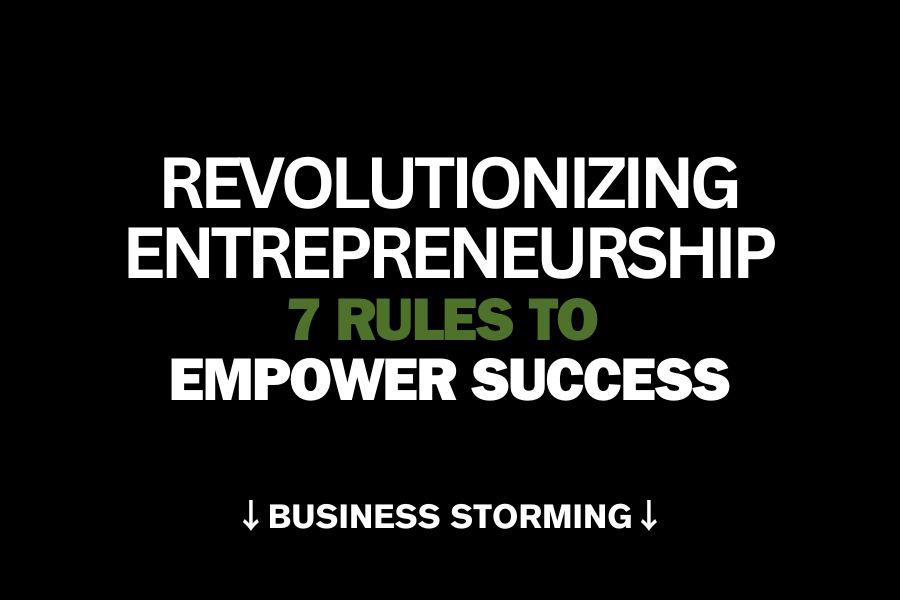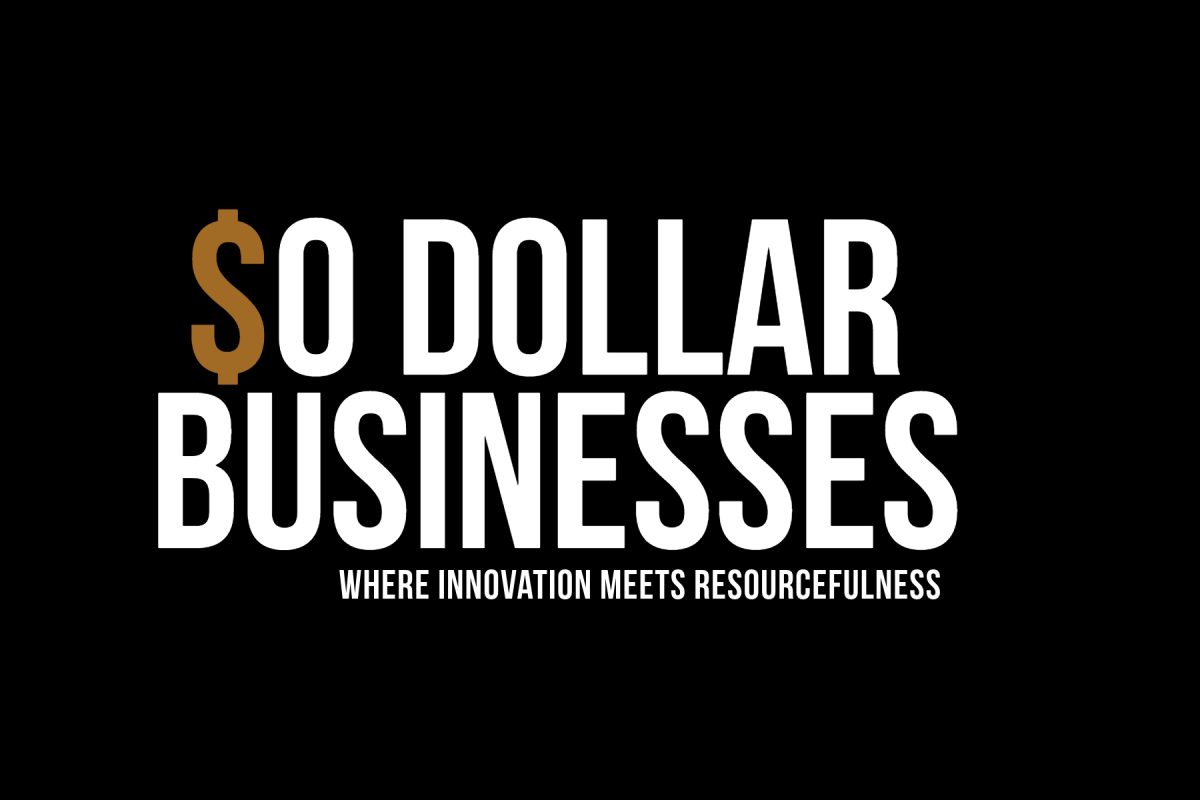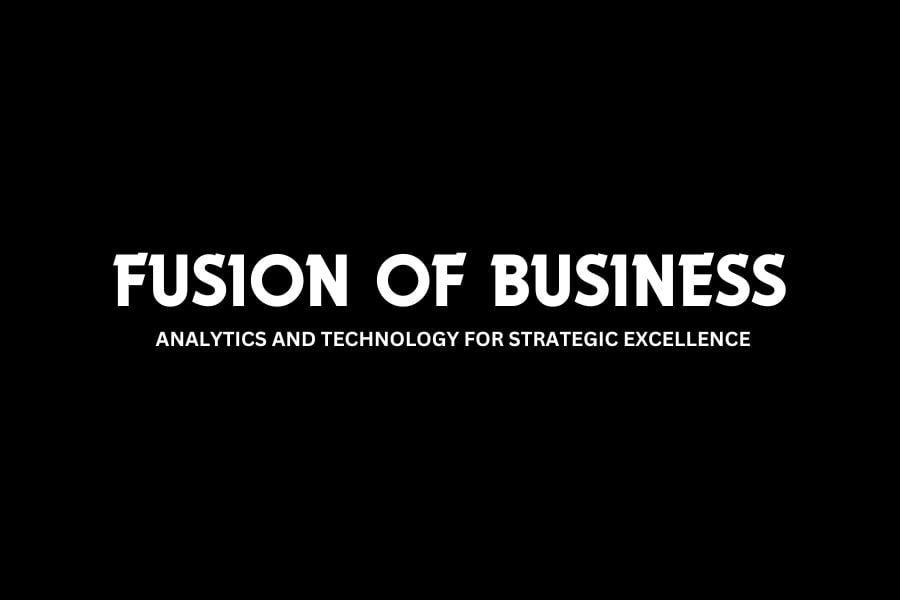Discover the power of no-code website builders! Learn seven steps to effortlessly create professional websites without coding skills. Empower your entrepreneurial journey with user-friendly tools for digital success.

In today’s interconnected world, a robust online presence is pivotal for businesses. Yet, the necessity of coding skills to create a professional website has been a hurdle for many entrepreneurs. Fortunately, technological strides have birthed user-friendly platforms known as no-code website builders. These tools redefine website development, enabling entrepreneurs to establish their online footprint sans the need for coding knowledge.
The Revolution of No-Code Website Builders
Conventionally, creating a website demanded proficiency in coding languages, which posed a challenge for many without technical skills. No-code website builders have fundamentally transformed this process by providing intuitive interfaces, drag-and-drop functionalities, and a wide array of customizable templates. These platforms empower users, irrespective of coding background, to craft personalized websites effortlessly.
In the past, website development relied heavily on coding expertise in languages like HTML, CSS, and JavaScript. This technical barrier limited accessibility, especially for small businesses or individuals lacking coding knowledge or resources to hire developers.
However, no-code website builders have democratized website creation. They offer user-friendly interfaces that simplify the process, enabling users to visually design and customize websites without the need for coding. Through drag-and-drop features and pre-designed templates, these platforms allow for easy manipulation of various elements like text, images, videos, and forms.
What makes these builders stand out is their accessibility and customization options. They cater to a diverse range of users, from individuals seeking personal blogs to businesses in need of professional websites. Entrepreneurs, artists, freelancers, and larger enterprises leverage these tools for their simplicity and cost-effectiveness.
The cost and time efficiency of these platforms are remarkable. They drastically reduce the expenses associated with website development, eliminating the necessity of hiring expensive developers or designers. As a result, businesses and individuals can swiftly create and launch their websites at a fraction of the traditional cost and time.
Prominent examples of no-code platforms include Wix, Squarespace, Weebly, WordPress with Gutenberg, and Webflow. Each offers its distinct features and templates, catering to various user preferences and needs.
The advent of no-code website builders has democratized online presence creation. They have made it accessible, affordable, and user-friendly, ushering in a new era where individuals and businesses alike can establish their online footprint without technical barriers.
Accessibility and Intuitive Design
No-code platforms are defined by their accessibility and user-friendly design. They offer entrepreneurs, regardless of technical expertise, a wide array of templates, themes, and design elements. The drag-and-drop functionalities are instrumental in facilitating easy customization, rendering website creation a seamless and intuitive process.
These platforms prioritize accessibility, ensuring that individuals with varying technical backgrounds can navigate the website-building process without encountering coding complexities. The availability of diverse templates and themes allows users to choose designs that align with their vision, brand, or industry. This versatility caters to a broad spectrum of users, from beginners seeking simplicity to professionals looking for more intricate designs.
The hallmark feature of drag-and-drop functionality significantly streamlines the customization process. Users can effortlessly manipulate website elements like text, images, videos, and forms by simply dragging and dropping them onto the chosen templates. This intuitive approach eliminates the need for coding knowledge, allowing entrepreneurs to visualize and implement their ideas swiftly.
Ultimately, the accessibility and intuitive design of no-code platforms empower entrepreneurs to actualize their website visions with ease. These features democratize website creation, enabling individuals from diverse backgrounds to develop professional-looking websites without the hindrance of technical complexities.
Key Considerations:
- User-Friendly Accessibility: No-code platforms prioritize accessibility, enabling entrepreneurs with varying technical skills to easily access templates, themes, and design elements. These platforms eliminate the necessity for coding expertise, ensuring a straightforward interface.
- Versatility in Design Choices: These platforms boast a wide array of templates and themes suited for diverse industries and preferences. This variety allows users to find designs aligned with their vision, brand, or target audience.
- Drag-and-Drop Functionality: A notable feature of no-code platforms is their drag-and-drop interface. This intuitive tool simplifies customization, empowering users to position and modify website elements such as text, images, videos, and forms without the need for coding proficiency.
- Streamlined Customization Process: Entrepreneurs can quickly materialize their website ideas into professional-looking layouts. The uncomplicated customization process makes website creation accessible to users with no technical background.
- Equalizing Website Development Opportunities: No-code platforms democratize website development, granting individuals from various backgrounds the ability to craft visually appealing and functional websites without relying on coding skills.
No-code platforms emphasize user-friendliness and accessibility. Their diverse design options, coupled with intuitive customization tools like drag-and-drop features, significantly simplify website creation for entrepreneurs.”
Cost Efficiency and Time Optimization
Before, making a website was costly and took a lot of time. You’d hire experts or learn complicated coding. But now, no-code website builders make it easier. They help entrepreneurs quickly create and manage their sites, saving both money and time. Here’s how they’re cost-effective:
- No Need for Expensive Developers: With no-code platforms, you don’t have to pay big money to hire experts. You can build your website by yourself without spending a lot on developers.
- Skip Expensive Coding Courses: Learning coding can be expensive and time-consuming. No-code builders let you create websites without needing to learn complex code.
- Saves Time: These builders offer ready-to-use templates and easy tools. This speeds up the website-making process. You don’t have to wait for a long time to get your site ready.
- Quick Launch: You can start your website fast with no-code builders. There’s no waiting around; you can get your site up and running quickly.
- Easy Updates: Making changes to your site is simple with no-code platforms. You can manage your content without spending too much time on technical stuff.
How They Save Money:
- Pricing Options: No-code platforms have different plans to choose from. You pay only for what you need, which helps save money.
- Growing Without Extra Costs: As your business grows, these platforms grow with you. You can add more to your website without paying a lot more.
- Includes Everything You Need: Some platforms offer everything in one package—hosting, security, and upkeep. This means you don’t need to pay many different companies.
No-code website builders are great for saving money and time. They’re simple, affordable, and help businesses focus on growing instead of worrying about website costs.
Tailored Customization and Adaptability
Beyond templates, no-code platforms offer extensive customization options. Users can tweak layouts, colors, fonts, and more to resonate with their brand identity. These websites are inherently adaptable, ensuring a consistent user experience across various devices.
Making Your Website Unique with No-Code Platforms
No-code platforms let you change a lot of things on your website to make it special:
- Changing the Design:
- How Things Look: You can move sections and make the website look the way you want.
- Colors and Style: You can choose colors and styles that match your brand or what you like.
- Fonts and Writing Style: Pick different fonts and styles for your writing to make it stand out.
- Making Content Yours:
- Adding Pictures and Videos: Put in images and videos to show what you want to say.
- Forms and Buttons: Make forms or buttons that people can click to do things or give you information.
- Fitting Any Device:
- Works Everywhere: Your website will look good and work well on computers, tablets, and phones.
- Same Look Everywhere: It will look the same no matter which web browser people use.
The best part? You can do all this without needing to know how to code. These platforms make it easy to change things around using simple tools. They want to make sure you can create a website that’s just right for you.
SEO Optimization and Mobile-Friendly Interface
No-code website builders prioritize SEO tools, empowering users to optimize their websites for better search engine visibility. Moreover, these platforms ensure mobile responsiveness, a vital aspect for engaging users across diverse devices.
No-code website builders focus on two main things:
- Getting Noticed on Search Engines (SEO):
- Improved Search Results: These tools help your website appear higher when people search online. They use tricks that make search engines like Google find and show your site more often.
- Using the Right Words: You can add specific words or descriptions that tell search engines what your website is all about. This makes it easier for people to find you when they search.
- Looking Good on Phones and Tablets:
- Fits Any Screen: Websites made with no-code builders work well on all devices, like phones or tablets. They adjust automatically so that people can easily use your site on any gadget.
- Keeping Visitors Interested: A mobile-friendly website makes it easy for visitors to explore. When websites are easy to use on phones, visitors are more likely to stay and check out what you offer.
These builders make it easier for anyone to set up their website so that it shows up better online and looks great on any device. This way, businesses can attract more people and keep them interested in what they have to offer.
Global Empowerment Through Tech Innovation
The inclusivity and affordability of no-code website builders empower entrepreneurs worldwide. From small enterprises to creative ventures, these tools enable the establishment of a digital presence without hefty financial investments.
No-code website builders have become a powerful tool for entrepreneurs worldwide. These platforms break down barriers by being affordable and accessible. They enable businesses, whether small or creative ventures, to establish a digital presence without hefty financial commitments.
- Inclusivity and Accessibility: No-code website builders level the playing field by offering intuitive interfaces and drag-and-drop features, removing the need for coding skills. This accessibility welcomes entrepreneurs from diverse backgrounds and regions into the digital landscape.
- Affordability and Savings: These platforms significantly cut upfront costs associated with website development. By eliminating the necessity for expensive developers or coding courses, they offer a cost-effective way to create an online presence.
- Global Reach and Market Entry: Entrepreneurs worldwide can swiftly enter the digital market using no-code platforms. They empower small businesses, startups, freelancers, and creatives to compete on a global scale without geographical constraints.
- User-Friendly and Rapid Deployment: The ease of use in these platforms allows for swift website development and launch. Users can select from a range of templates, personalize designs, and publish their websites quickly, streamlining the process of going digital.
The top 12 no-code website builders, here’s a list:
- Wix
- Squarespace
- Weebly
- WordPress with Elementor
- Webflow
- Shopify (specifically for e-commerce)
- Jimdo
- Carrd
- Strikingly
- Tilda
- Duda
- SITE123
Each platform has its unique offerings, providing various features, templates, and customization options to suit diverse user preferences and business requirements. These tools globally empower users to establish and manage professional websites without the complexities of coding, fostering a more inclusive environment for digital entrepreneurship.
Conclusion: Facilitating Entrepreneurial Triumph
No-code website builders herald a new era, eliminating the technical barriers that hindered entrepreneurs. These platforms bridge the gap between coding complexities and entrepreneurial aspirations. Entrepreneurs can now confidently showcase their businesses online, leveraging these powerful tools to expand their digital footprint.
The evolution of no-code website builders signifies a paradigm shift, empowering entrepreneurs to craft professional websites aligned with their vision, irrespective of their technical acumen.
OTHER TOPICS:
- $0 Dollar Businesses: Unleashing the Limitless Potential of Entrepreneurship
- Entrepreneurial Excellence: A Comprehensive Guide to Success
- A WordPress Based Platform to explore : Exploring Unschooled Trader
COMMAN QUESTIONS
Q1: What are no-code website builders?
No-code website builders are user-friendly platforms designed to enable individuals to create websites without the need for coding knowledge. These platforms provide intuitive interfaces, drag-and-drop functionalities, and customizable templates, making website creation accessible to everyone, regardless of technical expertise.
Q2: Are these websites suitable for SEO (Search Engine Optimization)?
Yes, no-code website builders often include SEO tools and features to optimize websites for better visibility on search engines. Users can add meta tags, optimize content, manage keywords, and ensure their websites adhere to SEO best practices to improve search engine rankings and online visibility.
Q3: Can these websites work effectively on mobile devices?
Absolutely! Websites built with no-code platforms are designed to be responsive, ensuring they adapt seamlessly to different screen sizes and devices. This responsiveness ensures an optimal user experience on mobile phones, tablets, and other devices, allowing visitors to navigate and engage with the website content easily.












